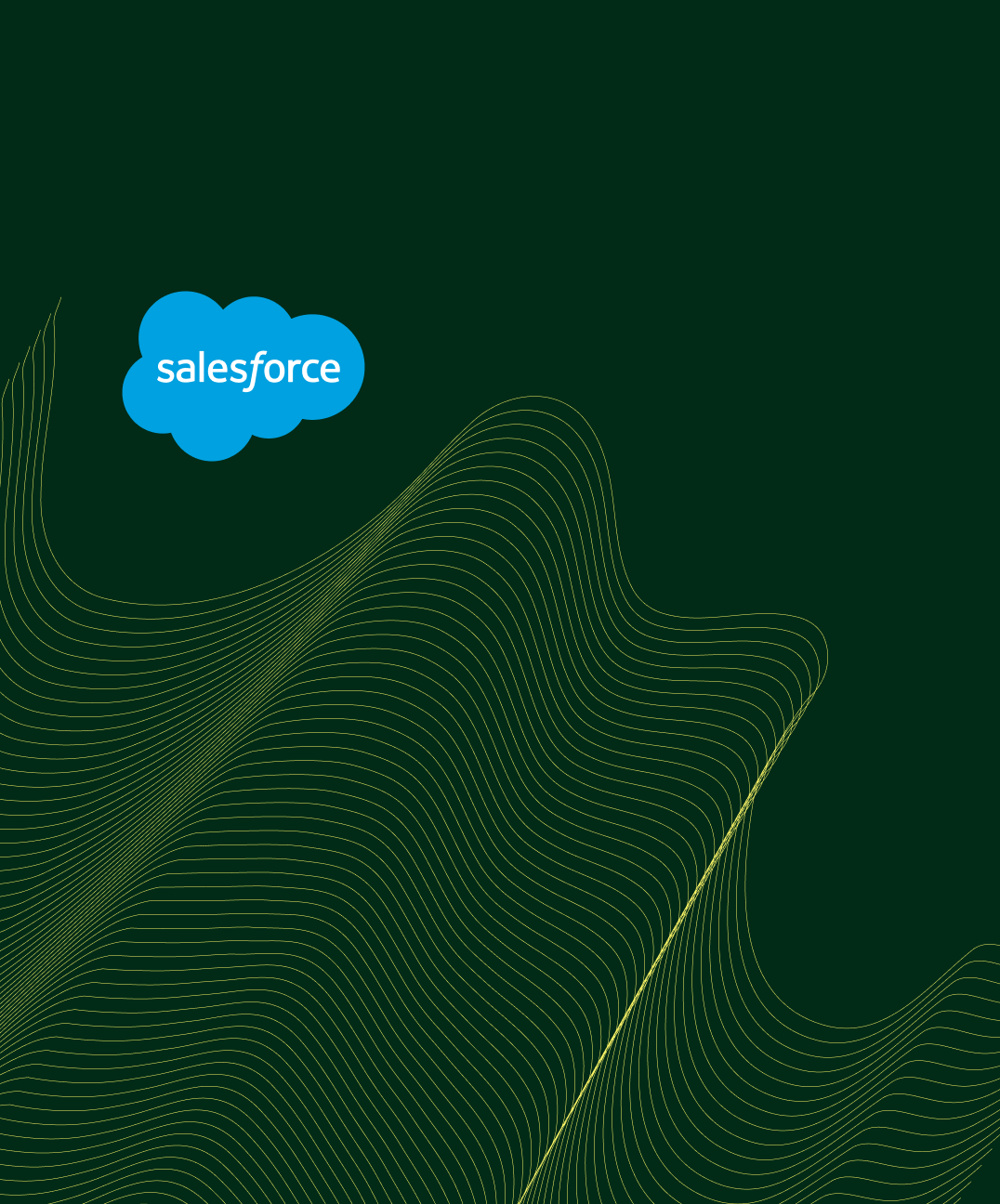Event Marketing with Pardot - Introduction
(Potential) customers can be addressed through interesting events, for example. For this purpose, Pardot offers a range of functions that make your events a maximum success. Pardot supports you in optimizing marketing communication for your events and tailoring it to specific event participants. We will now describe a possible process for your online and offline events with Pardot.
Step by step to a successful webinar
Unsure how to schedule your webinar? Here's how to do it step by step:
First, you create a campaign for your event in Pardot.
There you can define the respective status of the campaign members ("Registered"/"Absent", ...). This way you can track the phases their prospects go through.
To create more detailed reports, you can customize the campaign status: This can highlight the way recipient:s have responded to your event, e.g. via booth registration, email link, custom forwarding, form, etc.
Then, you have the option to automate changing the membership status of the campaign based on how recipients responded to the event. One option is to create an Engagement Studio.Automate the journey!
Engagement Studios are an incredibly useful feature for guiding potential customers through their customer or buyer journey, and therefore a powerful tool to use in conjunction with event tracking and reporting.
By using Engagement Studios, you can automatically update the membership status of recipients by setting the criteria to check if a certain link has been clicked and a form filled out, and then change that person's membership status. In this way, you can assign different actions to those who have signed up than to those who have not, and perhaps offer a tailored follow-up email for a more customized approach.
Alternatively, you can also Automation rules based on recipient actions. Similar to the action response in Engagement Studio, you can set criteria to monitor actions taken by recipients, such as clicking a link. You can then respond by changing the campaign status and adding it to a separate list with another follow-up email.Use kiosk forms.
Imagine you have a booth at an event and want to register attendees quickly and efficiently on the spot. The Kiosk Forms feature ensures accuracy by not enabling cookies in the browser for visitors each time a form or form handler is filled out. This ensures that data previously entered by another prospect is not automatically copied to the form for the next prospect.
This is not only an important Pardot feature to enable for live events, but also works for virtual events. QR codes in promotional materials, such as emails or event posters, create an automated journey where prospect:s can scan to get more information, register for events or check in. So when you use QR codes to link to your event registration form, always use an additional kiosk form to accurately capture prospect data.
To ensure that event data is tracked accurately, you can also use the Eventbrite Connector in Pardot.With the Eventbrite Connector you can connect your marketing automation with event management! This integration works by syncing Eventbrite events with existing prospects and listing all actions, such as registrations, in the activity history. If attendees are not in the database, they are added as new prospects.
Again, when you create an event, such as a trade show, you can use QR codes in Eventbrite to check in prospects. Since each code is unique, prospects who have checked in are uniquely identified and the data is populated accordingly.For your virtual events use Pardot and Zoom.
For setup, you can either use the Zoom Connector for Pardot (our recommendation), or Pardot Form Handler. You can then do much of the process for your online events directly in Zoom. For example, you send the invitation email from Pardot to the appropriately inserted list - but you don't really need the link for the Pardot landing page anymore. You can also send a link to a Zoom landing page directly in the invitation email.
This Zoom landing page contains a form that, when filled out:
Interested party:inside created in Pardot (if not already available),
adds them to a list of participants,
Sends a Zoom autoresponder email containing login information and personalized links.
and after the event two additional lists are automatically filled in Pardot: one for participants and one for no-shows.
The Next Step: Salesforce Marketing Automation Module for Webinars & Trade Shows
We have already thought one step ahead for you. Building on the Pardot and Sales Cloud solutions, we have developed a module with ready-made Pardot Journeys, email templates and much more. Thanks to a wide variety of templates, you need to create workflows and processes for Webinars and trade fairs no longer need to set them up themselves. With our module, you receive predefined functions for your marketing automation. So you are ready to go even faster! At the same time, you benefit from our experience, on the basis of which we have developed the module for you.
And this is how it works
For example, the customer registers via a landing page at a Webinar or a trade fair. In this course, the person is assigned to a list. This list is found at the beginning in the so-called customer journey (Engagement Studio). In Pardot's Engagement Studio (where the customer journey is set up), additional email templates and other elements are stored as phases that the customer then goes through. This means that once the person is in the customer journey, they will automatically receive emails (invitation, reminder, credentials, follow up, further content like whitepapers or blog posts, etc.). In addition to the benefits of marketing automation, contacts are automatically assigned a value (based on the person's interest) and passed on to sales. So the process is seamless to the sales team as well and you can focus on pure marketing efforts.

